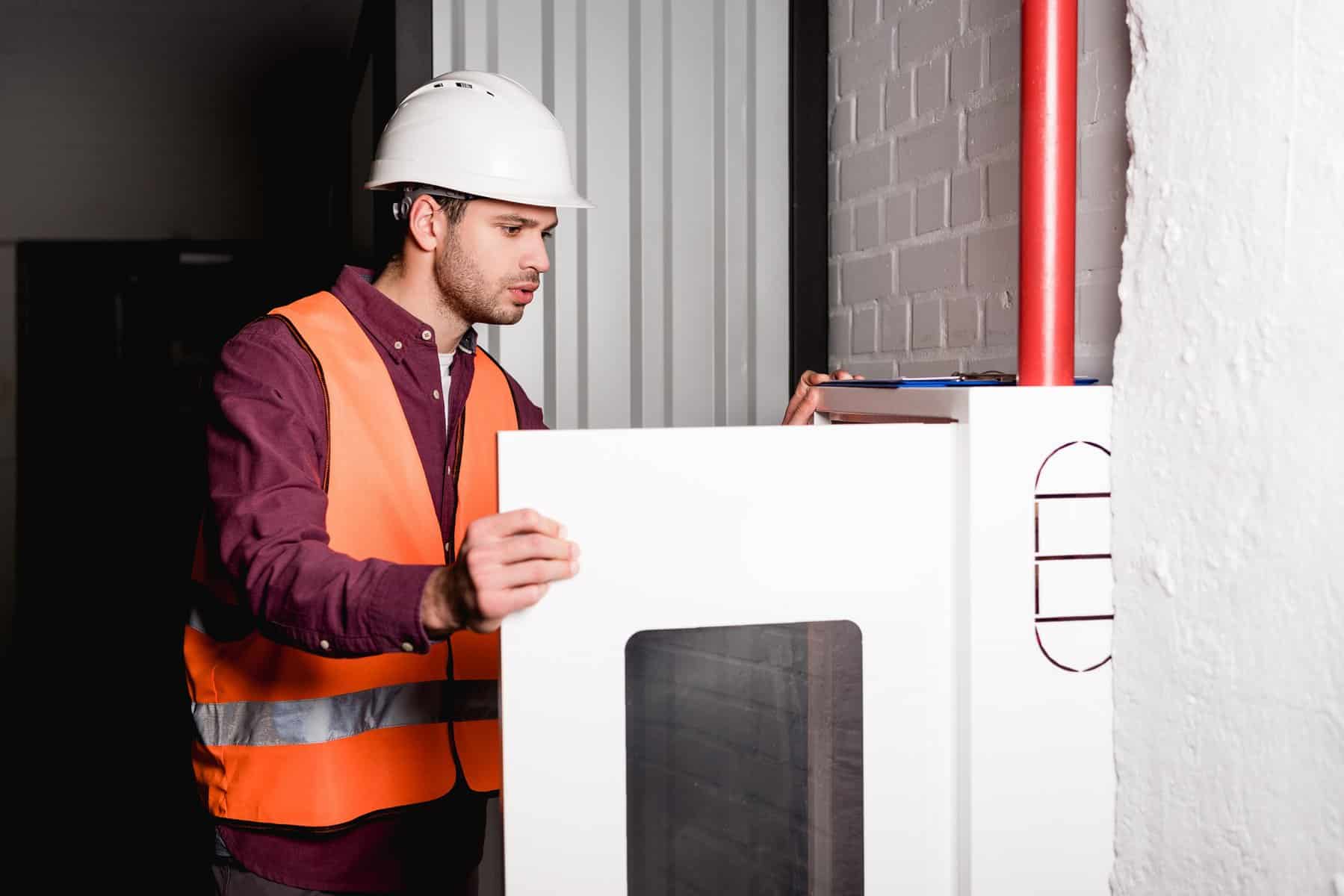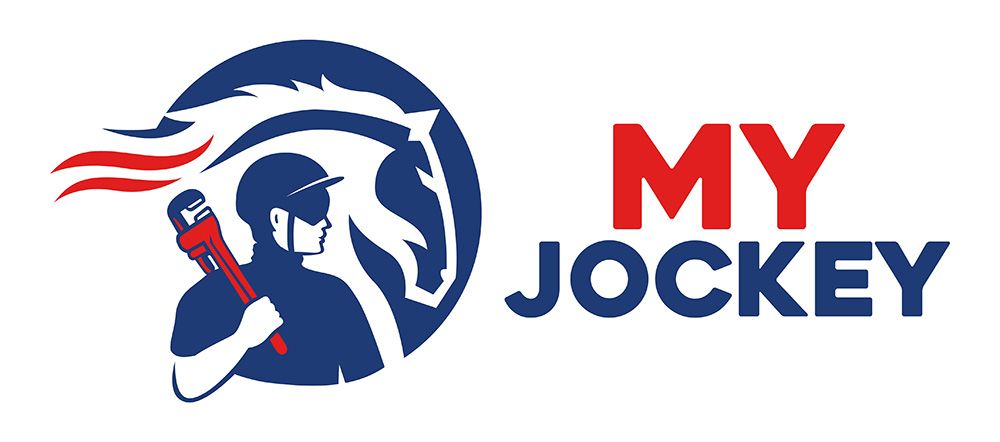
A properly functioning furnace is essential for keeping your home warm and comfortable during the cold months. However, when your furnace isn’t heating properly, it can lead to discomfort and potential safety concerns. Understanding the common reasons behind this issue can help you troubleshoot and resolve the problem quickly.
Check the Thermostat Settings
The thermostat is the brain of your heating system, so ensuring it is set correctly is crucial. First, check that the thermostat is set to “heat” mode and not “cool.” It might sound obvious, but it’s an easy mistake to overlook. Also, make sure the temperature setting is higher than the current room temperature to trigger the furnace to turn on.
Another common issue is the thermostat battery. Many modern thermostats use batteries, and if they are low or dead, the thermostat may not function properly. Replacing the batteries is a simple fix that can restore proper heating. Additionally, verify that the thermostat is clean and free of dust. Dirt and debris can affect its sensor and electrical components, causing inaccurate readings and erratic furnace behavior.
If your thermostat is programmable, ensure that the programmed schedule aligns with your heating needs. Sometimes, schedules can be accidentally changed, leading to heating problems. Finally, consider the location of the thermostat. It should be placed away from drafts, direct sunlight, and heat-producing appliances to ensure accurate temperature readings and efficient furnace operation.
Inspect the Air Filters
Air filters play a vital role in the efficiency and performance of your furnace. A dirty or clogged air filter can restrict airflow, making your furnace work harder and less efficiently. Inspecting and replacing the air filter is a simple task that can have a big impact on your furnace’s performance.
Start by turning off your furnace to safely access the air filter. Locate the filter, which is usually situated near the blower compartment. Remove the filter and hold it up to a light source; if you can’t see the light passing through, it’s time for a replacement. Depending on the type of filter, you may need to replace it every one to three months.
Regular filter maintenance not only ensures better airflow but also improves indoor air quality by trapping dust, pollen, and other airborne particles. Neglecting this maintenance can lead to reduced efficiency, higher energy bills, and overheating of the furnace, potentially causing damage and requiring costly repairs.
In addition to regular checks, consider using high-efficiency filters to capture more particles. However, make sure any filter you use is compatible with your furnace. By inspecting and replacing air filters regularly, you ensure your furnace operates efficiently, providing consistent and reliable heating.
Examine the Pilot Light or Ignition System
The pilot light or ignition system is crucial for your furnace to produce heat. If the pilot light is out or the ignition system isn’t working, your furnace won’t be able to ignite. For older furnaces with a standing pilot light, check if the pilot light is lit. If it’s not, it could be due to a draft blowing it out, a clogged pilot orifice, or a faulty thermocouple.
Relighting the pilot light is straightforward, but follow the manufacturer’s instructions carefully. If the pilot light continues to go out, it may indicate a more significant issue that requires professional attention. For newer furnaces with electronic ignition systems, check if the ignition control module is functioning correctly. These systems usually have error codes that can help identify the problem.
Sometimes, a simple reset can fix issues with the ignition system. Turn off the furnace for a few minutes, and then turn it back on to reset the system. If problems persist, you might need to have a technician inspect the ignition components. Keeping these aspects in check ensures your furnace can ignite properly and provide consistent heat.
Ensure Proper Airflow and Ventilation
Proper airflow and ventilation are essential for your furnace’s efficiency and longevity. Blocked vents or ducts can restrict airflow, making the furnace work harder and less effectively. Start by ensuring that all vents and registers are open and unobstructed by furniture, rugs, or other items. Check both supply and return vents for any blockages.
Inspect the ductwork for signs of damage or leaks. Leaky ducts can cause a significant loss of heated air, reducing efficiency and driving up energy costs. Sealing any gaps or leaks with duct tape or a specialized duct-sealing product can improve airflow and efficiency. Additionally, ensure that the area around your furnace is clear of debris and flammable materials to prevent overheating and improve ventilation.
If your home has an attic or crawl space, ensure that it is properly ventilated. Poor ventilation in these areas can affect the overall airflow in your home. Using a professional to perform an airflow and ventilation evaluation can provide insights into any existing issues and help optimize your furnace’s performance. Proper airflow and ventilation are crucial for maintaining a comfortable and energy-efficient home.
Conclusion
Maintaining your furnace is key to ensuring your home stays warm and comfortable, especially during cold months. From checking thermostat settings and inspecting air filters to examining the pilot light and ensuring proper airflow, each step plays a vital role in keeping your furnace running smoothly. Addressing these common issues not only improves your furnace’s efficiency but also prolongs its life, saving you money on repairs and energy bills.
At My Jockey, we’re here to help with all your heating repair service needs. Whether it’s routine maintenance or a complicated repair, our team of experts is ready to ensure your home stays warm and efficient. Contact us today for professional furnace solutions you can rely on.
